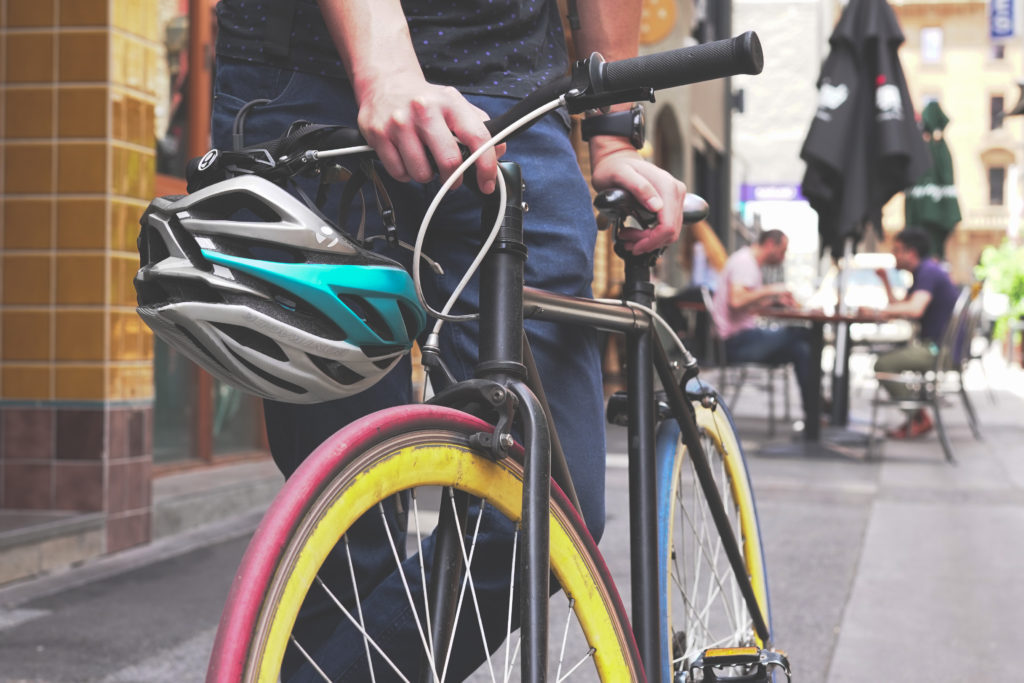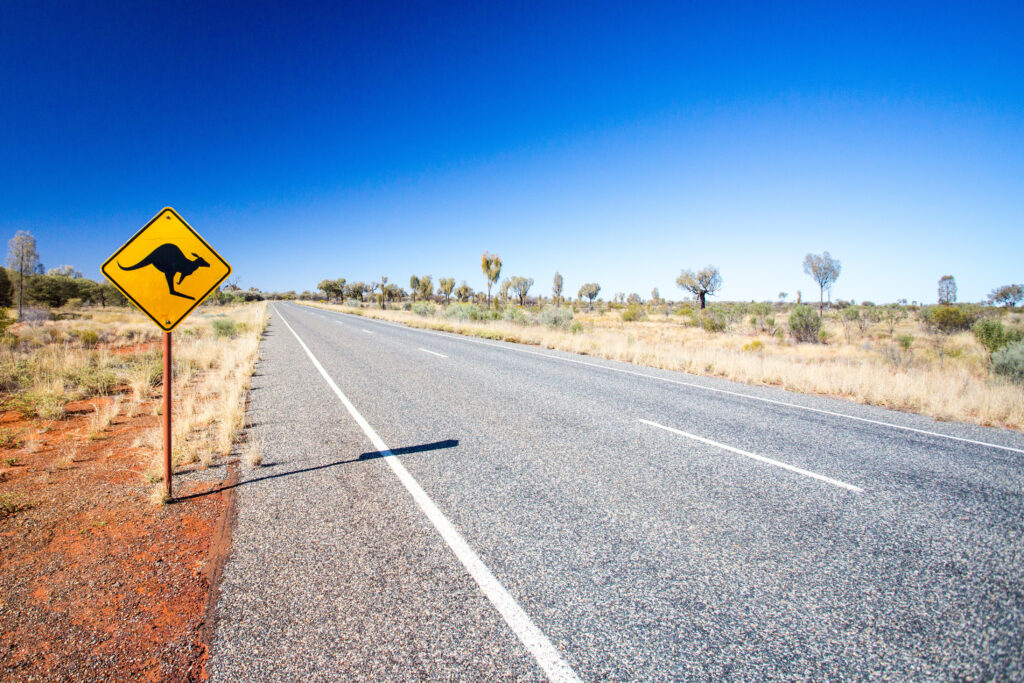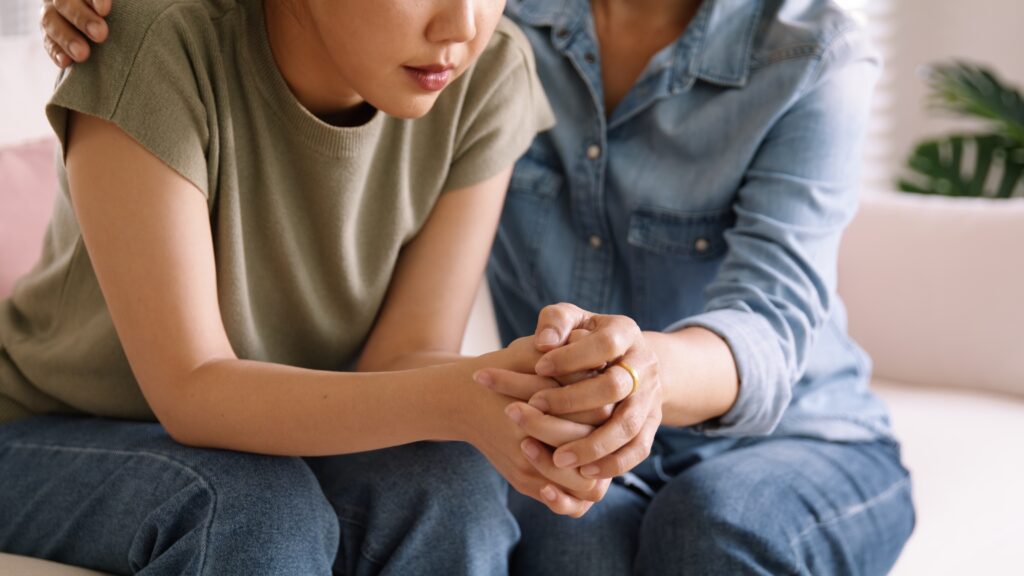Cycling is a very popular activity in Australia. It’s cheap, easy and doesn’t require a license. However, in the past two months, five food delivery riders have been killed in road accidents around Australia. Unfortunately, several of these riders were international students. On busy roads filled with stressed out drivers, large vehicles and heavy trucks, cyclists are particularly vulnerable. Whether you ride a bike for work, transport or leisure, it’s essential to know how to stay safe on the roads. It might just save your life.
Protective gear
Before you head out on your bike, make sure you are wearing adequate protective gear. At the very least, you will need a well-fitted helmet. If your helmet doesn’t fit properly, it can’t protect you in an accident. You can test your helmet by placing one finger beneath the chin strap. If you can fit more than one finger, the helmet is too loose. The helmet should be tight enough to stay on your head without the assistance of the chin strap.
You should also wear high-visibility and reflective clothing when you’re riding your bike on the roads. This might simply entail wearing bright colours, or you may choose to wear a high-vis vest over dark clothing. Without visible clothing, a driver may not notice you until it’s too late. If you ride at night, you can purchase LED wrist and ankle straps.
Neha, an international student and avid cyclist based in Adelaide, found that her bike was an excellent way of getting to and from university. Before she started cycling, she made sure she was set up with the necessary accessories.
“Investing in good quality and long-lasting reflectors and lights is crucial, particularly for people cycling at night on a regular basis,” she says. “A lock is mandatory! My housemate had his bike stolen when it was left unlocked for less than five minutes. I cannot emphasise enough the importance of locking your bike, no matter how long you are going to be away from it in a public space. I also recommend getting it insured if possible!”
Roadworthy bikes
Your bike should be in good working condition and safe enough to ride on the road. This means you will have to check the bike regularly for any faults. Make sure your bike is the right size for your height, otherwise you will struggle to control it. You should also check that your tires are inflated to the recommended air pressure range, which is usually printed on the side of the tires. You can pump up your tires at any petrol station.
By law, you are required to have a bell on your bike so that you can signal someone’s attention if you need to. You should also check your bike chain, pedals and wheels before heading out. If you hear any rattling or if something feels loose, you should take it into a bike shop.
For Neha, finding a professional to service her bike was vital.
“I go for a professional bike service at my university every three months to ensure my bike is in top condition,” she says. “Many universities have a bike maintenance service, or even bike safety programs, so check with your education provider to see if they have one too! Otherwise, many bike stores provide complimentary service for several months after the purchase date. I suggest making the most of this benefit to optimise safety.”
Stay alert
In countries such as the Netherlands, where bike riding is common, drivers are very aware of cyclists on the roads. While most Australian drivers are happy to share the road with cyclists, they may not be looking out for bikes in the same way. This means that you will have to take responsibility for your safety on the road. To stay aware of your surroundings, you should avoid wearing headphones when you ride, as the audio will muffle the sound of oncoming traffic.
Another good tip is to attach a couple of small rear-view mirrors to your bike’s handlebars. This way, you can see what’s behind you without turning around. You can also invest in a built-in-radar that can detect vehicles approaching you from behind.
Australian bike rules
Even if you’re used to cycling on the roads back home, it’s good to familiarise yourself with Australian bike rules. Rules may vary from state to state, so be sure to check which rules apply to your place of residence.
Across the whole of Australia, cyclists are required to follow the same road rules as drivers. If you are turning, you will need to indicate to other drivers that you are doing so. This can be done through simple hand signals. Extend your arm to the left if you’re turning left, and to the right if you’re turning right. You are also required to have at least one hand on the handlebar at all times, not to ride alongside more than one person, and not hold onto vehicles while they’re driving.
“Before cycling in Australia, I familiarised myself with the rules, but found cycling on Australian roads quite tricky! I was (and still am) often perplexed when certain bike lanes disappear as they merge into regular car lanes,” Neha says. “My first instinct was to keep to the left side. I consulted some locals and experts just to be extra sure, and they confirmed.”
Riding on the road
The safest way to ride on the road is to stick to the cycle lanes. When you ride in the cycle lanes, you should always ride with the flow of traffic rather than against it. If you can, avoid busy intersections.
Studies have shown that most drivers don’t see cyclists at busy intersections due to other distractions.
To avoid intersections and other busy roads, make sure that you plan your route before you go. You can use free app tools such as Google Maps, MapMyRide and Ride with GPS to plan your ride. Never ride too close to a vehicle and make sure that you are riding slowly enough to stop if you need to.
Riding at night
Riding your bike at night can be dangerous if you aren’t prepared. Without the right lights, drivers won’t be able to see you in the dark. In Australia, cyclists riding at night are required to have one white light on the front of their bike and one red light on the back. Cyclists are also required to have one red reflector on the back of the bike. Your lights must be visible from 200 metres away and the reflector from 50 metres away.
You may also consider wearing a helmet light to assist your vision. Avoid riding along dimly lit streets or in places where you can’t be seen. You should always let someone know where you are going and when you are expected to be back.
Riding your bike can be an excellent (and cheap) way to get around and is also a great way to include physical activity into your day. Take the time to familiarise yourself with Australian bike rules so that you can enjoy this activity safely. Happy riding!





